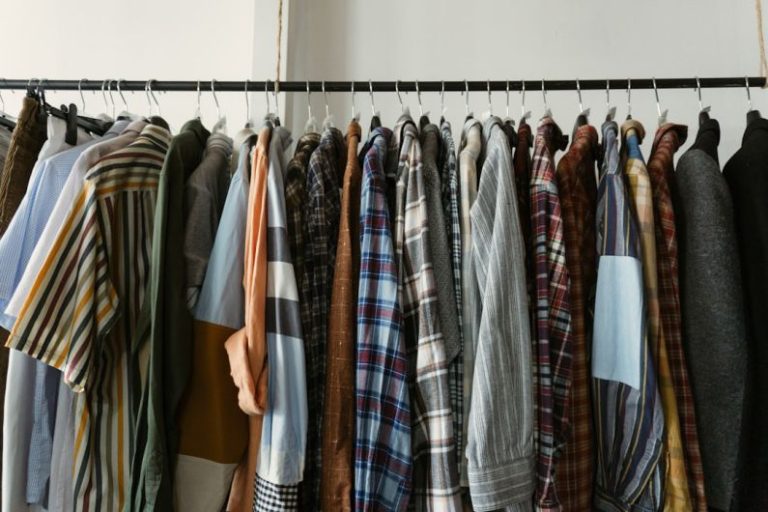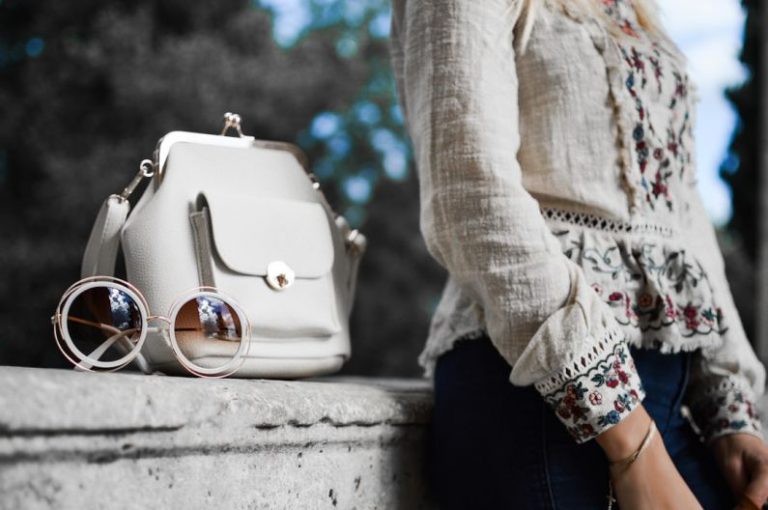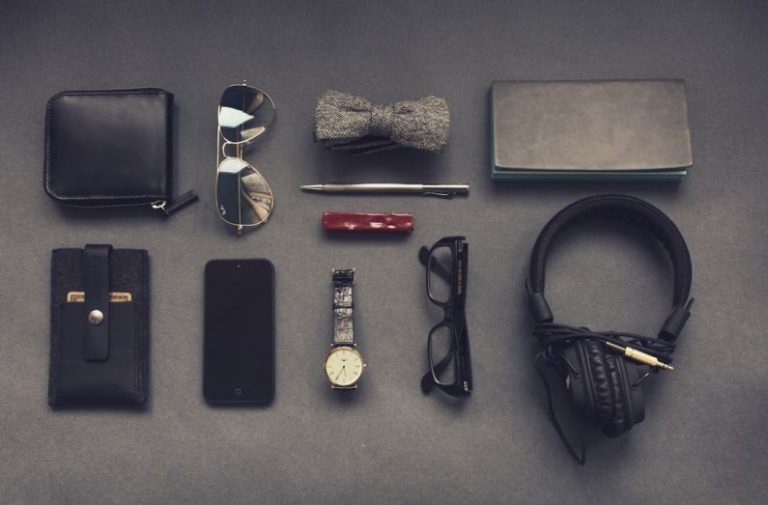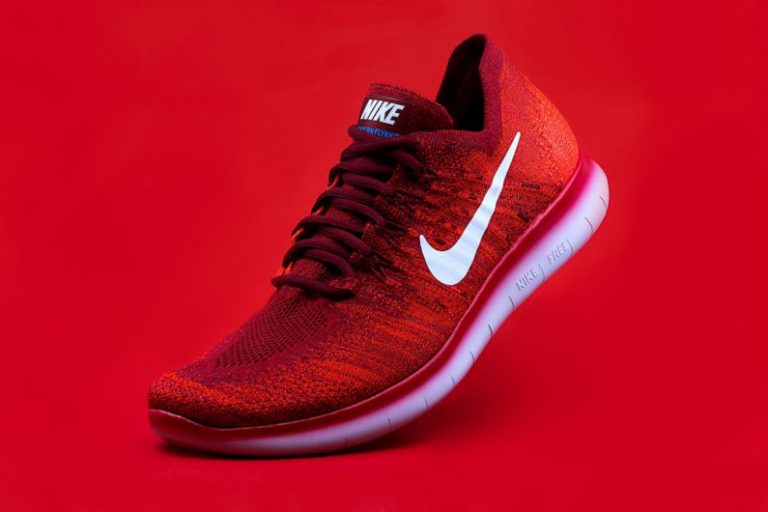
In the ever-evolving world of office culture, the traditional rules for attire have been gradually shifting to accommodate a more modern and diverse workforce. Gone are the days of strict dress codes dictating suits and ties for men and skirts or dresses for women. Today, the lines between professional and casual attire have blurred, leading to a more relaxed and individualistic approach to dressing for the office. With this shift in mind, it’s important for employees to be aware of the new rules for office attire to ensure they are presenting themselves in a way that aligns with the current trends in workplace fashion.
The Rise of Business Casual
One of the most significant changes in office attire over the past decade has been the rise of business casual dress codes. This shift away from traditional business attire has been driven by a desire for greater comfort and flexibility in the workplace. Business casual typically allows for a more relaxed and casual style of dressing while still maintaining a professional appearance. This can include items such as tailored trousers, blouses, sweaters, and loafers for men, and dresses, skirts, blouses, and flats for women. The key to mastering the business casual look is to strike a balance between professionalism and comfort, ensuring that your outfit is appropriate for the workplace while still allowing you to feel at ease.
Embracing Individuality
Another important aspect of the new rules for office attire is the emphasis on individuality and personal style. Many companies are now encouraging employees to express themselves through their clothing choices, rather than adhering to a strict dress code. This means that employees have more freedom to experiment with different styles, colors, and patterns to create a look that reflects their personality and tastes. While this newfound freedom can be liberating, it’s important to remember that there is still a level of professionalism that should be maintained in the office. Finding a balance between personal style and workplace appropriateness is key to making a positive impression on colleagues and superiors.
The Influence of Tech Companies
The influence of tech companies on office attire cannot be understated. With the rise of Silicon Valley culture, many companies have adopted a more casual approach to dress codes, favoring comfortable and functional clothing over formal business attire. This shift has had a ripple effect across industries, with many organizations reevaluating their own dress codes to align with the more relaxed style popularized by tech giants. T-shirts, jeans, sneakers, and hoodies have become increasingly common in the workplace, blurring the lines between what is considered appropriate office attire. While this casual approach may not be suitable for all industries, it has certainly had an impact on the way we think about dressing for work.
The Role of Remote Work
The rise of remote work has also had a significant impact on office attire. With more employees working from home or in flexible environments, the need for traditional business attire has diminished. Many workers now opt for comfortable and casual clothing while working remotely, choosing athleisure wear, loungewear, or even pajamas over more formal office attire. This shift towards comfort and practicality has influenced the way we dress even when we do return to the office, with many employees seeking out clothing that is both stylish and comfortable for long days at their desks.
Navigating the New Rules
As office attire continues to evolve, it’s important for employees to navigate the new rules with confidence and style. By embracing business casual, expressing individuality, taking cues from tech companies, and considering the impact of remote work, workers can create a wardrobe that is both professional and personal. Finding the right balance between comfort and professionalism is key to making a positive impression in the workplace and feeling confident in your own skin. So, whether you’re rocking a blazer and jeans or a dress and sneakers, remember that the new rules for office attire are all about embracing who you are and showcasing your unique sense of style.





